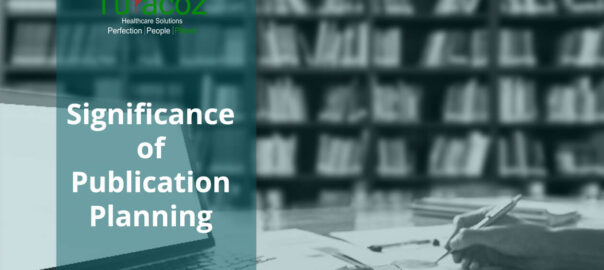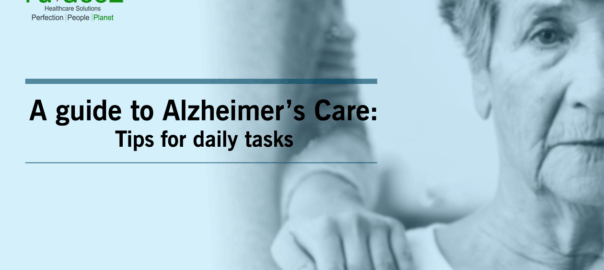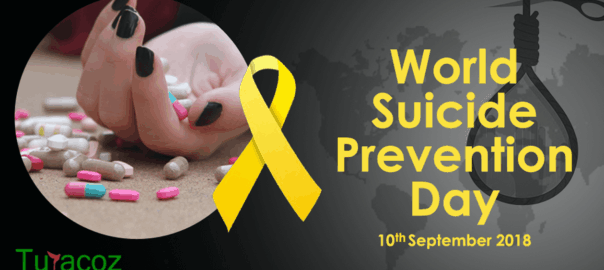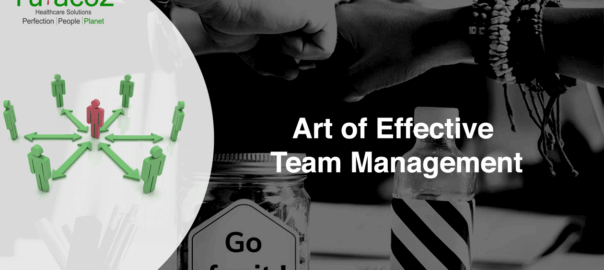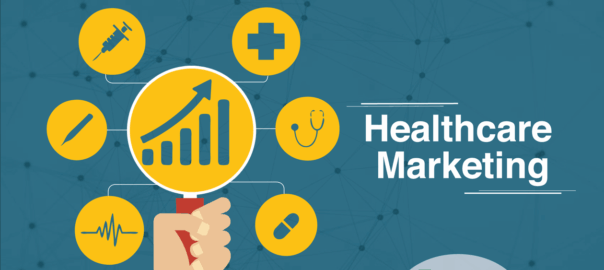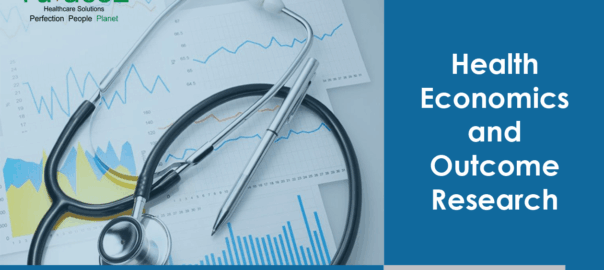Publication planning is that part of the pharmaceutical landscape that ensures that data from pharma companies (clinical trials, commentaries on drug/device class, and other publications supporting the efficacy of drug/device) is disseminated through medical journal articles–an important aspect of pharma companies’ overall marketing strategy. To publish a mix of editorials, primary and secondary publication, and review papers is the goal of efficient publication planning. Strategic publication planning can maximize product visibility throughout its life cycle. The launch of new drug/device in the market can be successful if the key clinical messages reach the target audience at the right time, for which publication planning is essential. The most successful drugs launched in the last 10-15 years have ridden on the back of a very well-implemented publication strategies. Overall, publication planning aids in the accurate reporting of scientific research, thereby promoting ethical transparency at every stage of medical research through the involvement of investigators, journal editors, and publication professionals.
An effective publication planning team is the key to an efficient publication plan. It is the publication planning team that creates a proactive plan to deliver client‑focused solutions and enable strategic planning and timely implementation of the publication plan. The first step in a publication plan is a “GAP analysis”, which can identify gaps in the literature. Thereafter, the team does an analysis of strengths, weaknesses, opportunities, and threats (SWOT) comprising product strengths, weaknesses, market opportunities, and market threats to understand which areas need maximum focus during implementation of the publication plan. For example, if the product in question has more safety issues compared to its competitors, then the publications would mostly be aimed to showcase that the safety concerns are unfounded. The publication planning team also analyzes the Health Economics and Outcomes Research (HEOR) related to the product and various competitors available in the market. In addition, it is the responsibility of the publication planning team to discuss issues related to authorship and data interpretation, and to ensure all the professionals involved in the publication process meet scientific and ethical standards. A good publication planner gets the best key opinion leaders (KOLs), study investigators, and a publication agency (if needed) to write the papers. This allows authors to concentrate only on scientific discussion, and not on logistical issues. Moreover, it encourages transparent communication between researchers and contributors.
There are also a few ethical issues that the publication planning team needs to deal with. These are shown in Figure 1.
 Figure 1: Ethical issues relating to publication planning
Figure 1: Ethical issues relating to publication planning
Apart from ethical considerations the publication strategy team should know the audience; whether they intend to reach out to primary-care physicians, specialists, allied health specialists, managed care specialists, hospital pharmacists, retail pharmacists, formulary managers, and calibrate their publication plan accordingly. Based on this, they should select the journals for publication. Although publishing in a top-tier journals is prestigious, and adds substantially to a product’s first impression, it should be balanced against the length of time to publication. Prestige cannot make up for a publication that arrives too late. Early publication planning helps to ensure both goals are achieved. Finally, ensuring that a publication coincides with important meetings is an important part of efficient publication planning. This can ensure that the medical representatives at these scientific meetings have evidence to back their claims regarding the drugs/devices they are promoting.
With new guidelines such as GPP3 in place, there is an increased scrutiny on publication planning. Therefore, understanding good publication practices for providing structure and ethical implementation of the publication plan are important.
Turacoz Healthcare Solutions (THS), a medical communication company, offers services to healthcare professionals in clinical research, regulatory writing, medico marketing writing, publication writing and support for conducting medical advisory board meetings. Turacoz understands the importance of a good publication which is in line with the new GPP3 guidelines. We follow the same updated guidelines for all our publications and comply with all legal, ethical and regulatory requirements. To know more about our specialization, please do visit our services section.

